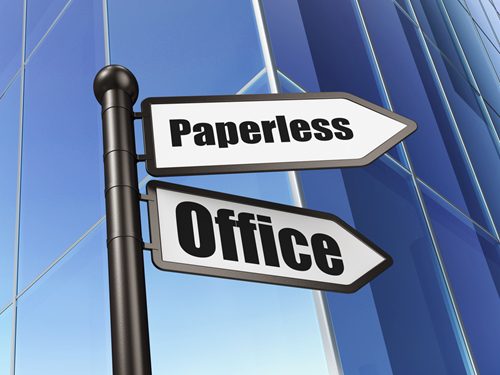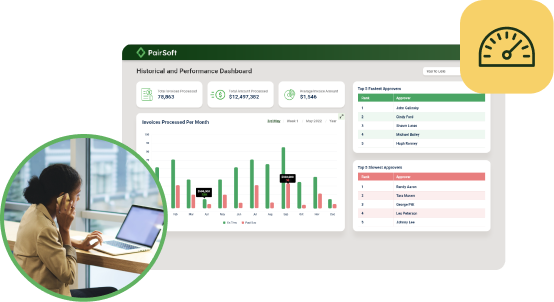
Wadih Pazos
Wadih founded both PairSoft and PaperSave. He is an avid technologist who specializes in streamlining operations and maximizing productivity.
View all posts by Wadih PazosWadih Pazos

The scanning process is one of the most labor-intensive parts of the transition but is one of the biggest payoffs in the long term. According to The Paperless Project, employees spend nearly a third of their time in the office searching for the right document, wasting company resources and frustrating individuals. This same process can take place during the scanning procedure if the electronic workflow of the paperless document management system is clogged up with documents that aren’t needed.
In this case, the best practice is to nip this problem in the bud before it can even arise – sort through your documents before scanning them and be sure to shred any information that is no longer needed or relevant to the company. This avoids using too much space in a cloud-based system and eliminates the storage of any information that could put the company at risk in the event of a hacker finding their way into the system. It may be a little grunt work up front, but it will be well worth it in the long run!
An office happily converted to electronic document imaging will often be haunted by the ghosts of an unproductive past when project managers and higher-ups are unsure how to dispose of large equipment like copiers and printers responsibly. This problem can be easily resolved with a little research. The Better Business Bureau suggests finding a new home for equipment with companies that still find the technology necessary – there are a number of websites through which you can post the availability of a machine and donate it to a local business. If a new home cannot be found, many national retailers accept parts for recycling that will dispose of them without endangering the environment.
The last tip is an easy one – make sure project managers are fluent in the new software and have the tools to train employees fully before launching. When employees don’t know how to increase their electronic workflow and navigate a paperless system, the productivity of the office can be affected, and the same resources that used to be lost while rifling through the file cabinet can rear their ugly heads once more.
When it comes to paperless, a little preparation is all it takes to make your workspace the best it can be.


Many organizations start with manual receipt handling, fragmented card feeds and slow AP processes. Implement AI agents to auto-capture receipts, route approvals, enable punch-out buys and post to the ERP.
Result: faster batching, fewer errors and cost savings. “This saves us hours every month.”
Many organizations face slow, paper-heavy AP and fragmented procurement that waste time and inflate costs. AI Agents can automate approvals, PO matching and record sync to improve speed, accuracy and control. Client quote: “It freed up hours and made our process reliable.”
Operational drag and rising costs slow growth: teams waste time on manual tasks, misaligned priorities and opaque processes. AI Agents help automate routine work and coordinate actions across teams. “We’ve lost time to repeats and handoffs,” says a typical client.
Companies struggle with manual procurement, fragmented approvals, and costly integrations that slow growth and obscure spend. Our AI Agents streamline requisitions, POs, and invoice matching to cut manual work and improve visibility. “We were wasting time and missing insights,” says a client.

Many teams start with fragmented PO/AP systems, manual matching and delayed financial reporting. Deploying AI agents to automate PO checks, real-time encumbrance tracking and invoice matching reduces processing time and errors, delivering live budgets and faster closes. “Finally, we can see current balances and approve instantly.”
Many companies juggle growing invoice volumes and legacy systems. They struggle with manual processes, compliance gaps and limited headcount. Our AI Agents automate integrations, enforce rules and surface exceptions. The typical outcome: faster closes and measurable ROI. “We stopped chasing invoices.”